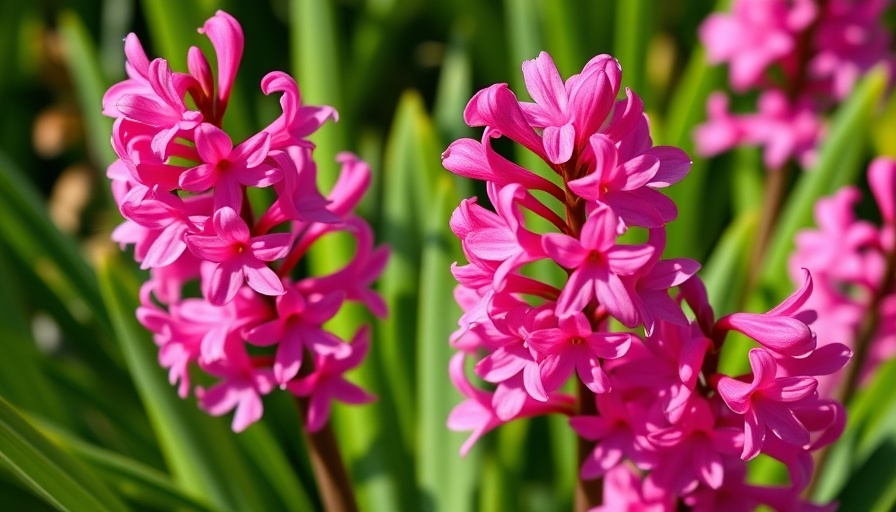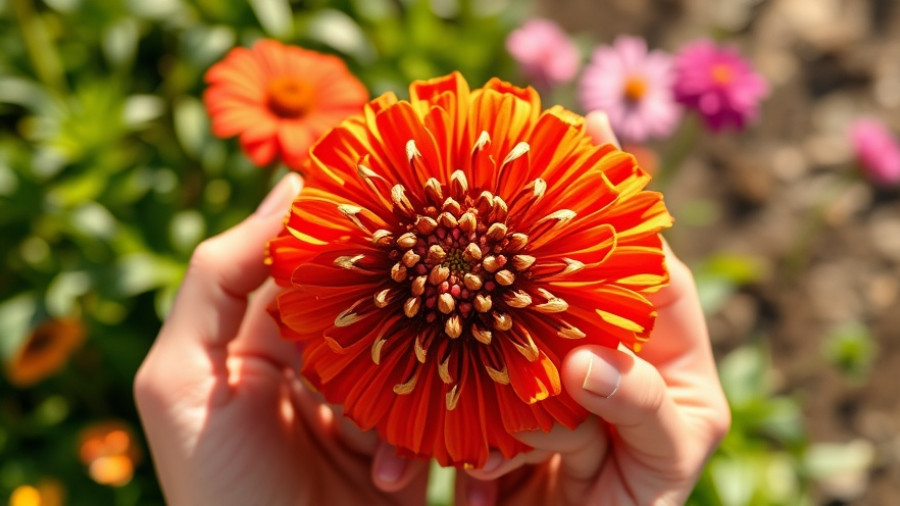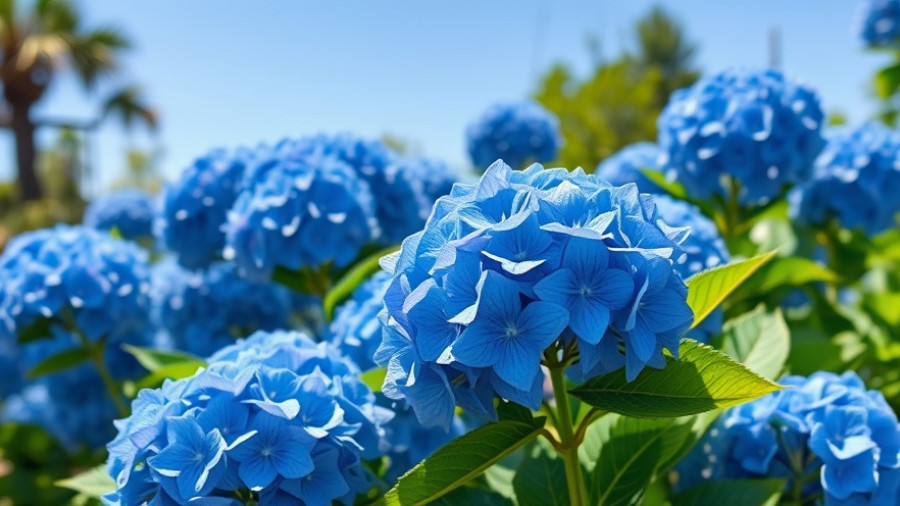
Why October is the Best Month to Plant Bulbs
As the vibrant hues of summer fade into the cooler climates of autumn, October emerges as a critical time for dedicated gardeners eager to witness a burst of spring blooms. In most climates, the soil remains warm from summer's embrace while the air becomes refreshingly crisp. These conditions lay the optimal groundwork for successfully planting perennial bulbs, allowing them to root before the winter chill sets in.
Experts emphasize the importance of planting in autumn for one compelling reason: it encourages the process of vernalization. This natural phenomenon enables bulbs to absorb the necessary cold temperatures that signal them to bloom come spring. For those unsure about timing, simply storing bulbs in the refrigerator can serve as a reliable alternative, ensuring they still receive the cold treatment they require.
Your Guide to Choosing Perennial Bulbs
While familiar favorites like tulips and daffodils often dominate garden discussions, many other exciting options are well worth considering. Here, we highlight some stunning perennial bulbs to plant this October:
1. Tulips
Considered the crown jewel of spring blooms, tulips come in an astonishing array of colors and forms. With around 15 groups ranging from early to late bloomers, there’s a tulip for every garden. These bulbs thrive best in full sun and stand at heights varying from 6 to 28 inches. Notably, Darwin tulips are celebrated for their robust stature and stunning display, making them ideal for borders or cutting gardens.
2. Daffodils
Daffodils, with their sunny disposition, are particularly reliable in warmer climates and thrive in hardiness zones 3 to 9. Their resilience makes them an excellent choice for perpetual gardening joy. Choose varieties like the charming ‘Pink Charm’ to add diversity and sweetness to your garden tapestry. Daffodils also have the advantage of being deer-resistant, a boon for gardens that attract wildlife.
3. Hyacinths
With their intoxicating fragrance, hyacinths are a delightful addition to any spring garden. Thriving in zones 4 to 9, these bulbs produce dense spikes of star-shaped flowers that infuse color and scent into the atmosphere as early as mid-spring. Care is essential, as they may require replanting in southern climates every few years to maintain health.
4. Crocus
Crocus holds the title of harbinger of spring, often emerging while snow still blankets the ground. These petite beauties, measuring just 3 to 6 inches high, flourish in full sun to partial shade and are perfect for naturalized plantings that redefine garden spaces.
5. Alliums
Known for their impressive floral spheres, alliums provide pollinators with a feast of nectar. Their height can reach up to three feet, creating stunning visual anchors in any floral arrangement. Pair these with shorter plants for a layered effect to delight onlookers.
Practical Tips for Planting Bulbs
Successful bulb planting hinges on a few essential tips:
- Timing is Key
Always aim to plant bulbs before the first frost. This is crucial for ensuring they have enough time to establish roots and benefit from the chilling period required for healthy flowering.
- Dig Deep
When planting, bury bulbs at a depth that is approximately two to three times their height. For smaller bulbs, a depth of 3-4 inches is typically sufficient, while larger bulbs may require more.
- Mulch for Moisture
Applying a layer of mulch post-planting can conserve moisture and protect bulbs from freezing temperatures. This is especially vital for maintaining healthy growth during challenging winter months.
Adapting Garden Design for Bulb Planting
Incorporating bulbs into your existing garden requires thoughtful consideration of layout for maximum impact. For a visually appealing flower bed, mix bulbs with perennial plants that offer varying heights and textures. This approach not only creates a layered look but also maximizes your garden's potential appeal. Enhance your layout further by considering surrounding elements, such as pathways or seating areas, to ensure the blooms are showcased effectively.
Get Started Today!
Embarking on this journey of fall planting not only prepares your garden for a breathtaking spring display but also fosters a sense of connection with nature. Whether through backyard makeovers or eco-friendly yard care, planting bulbs is a heartwarming reminder of the beauty that awaits. Don’t hesitate—let your passion for gardening blossom! For additional guidance on the types of bulbs to plant and more garden planning tips, check out our comprehensive seasonal planting guide.
 Add Row
Add Row  Add
Add 




Write A Comment